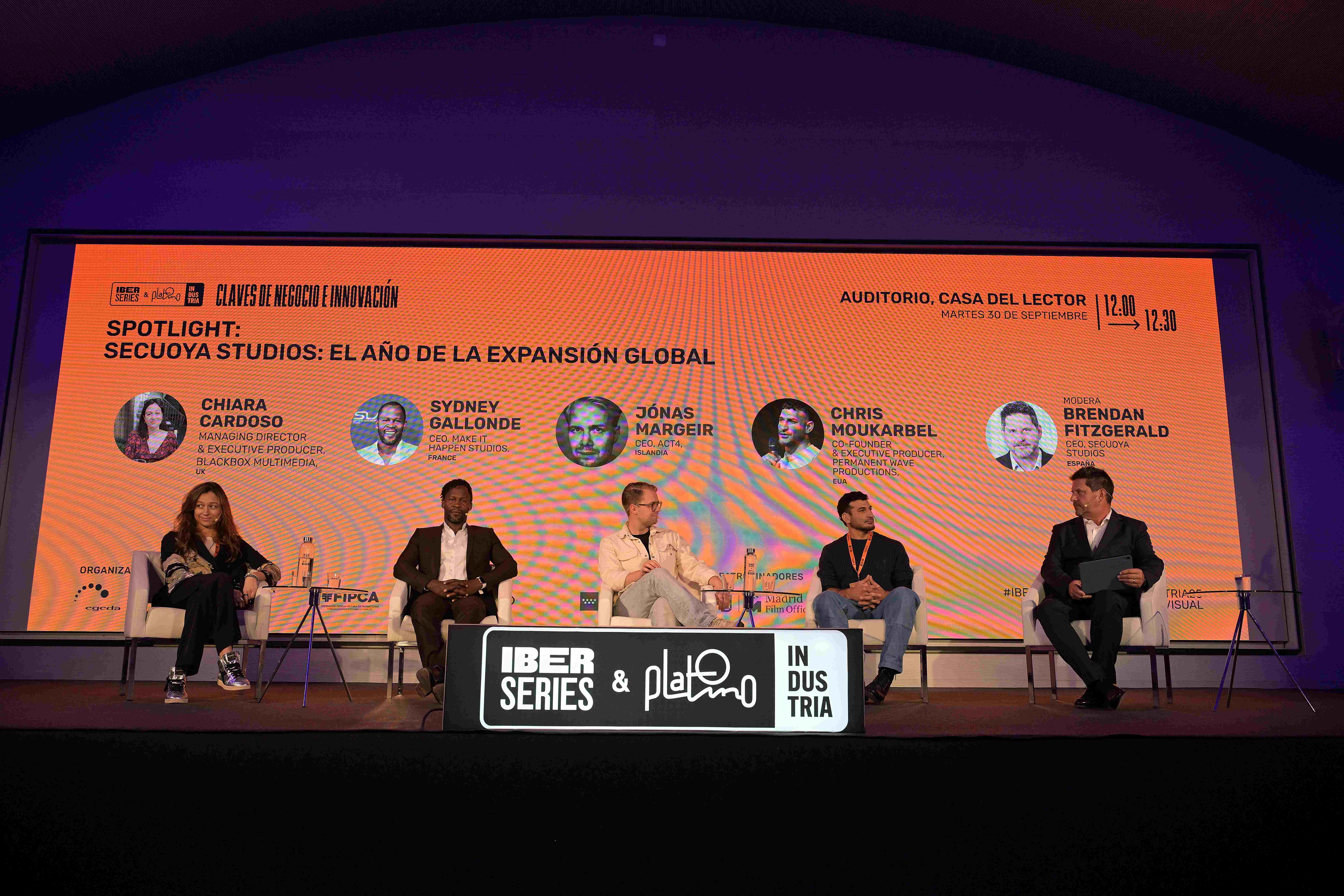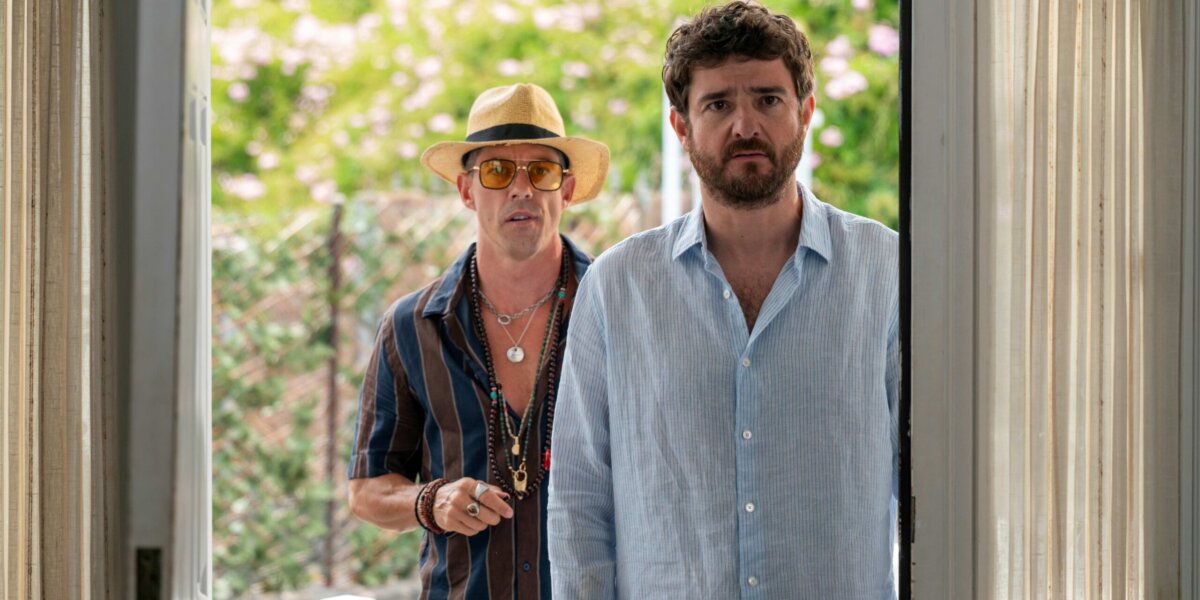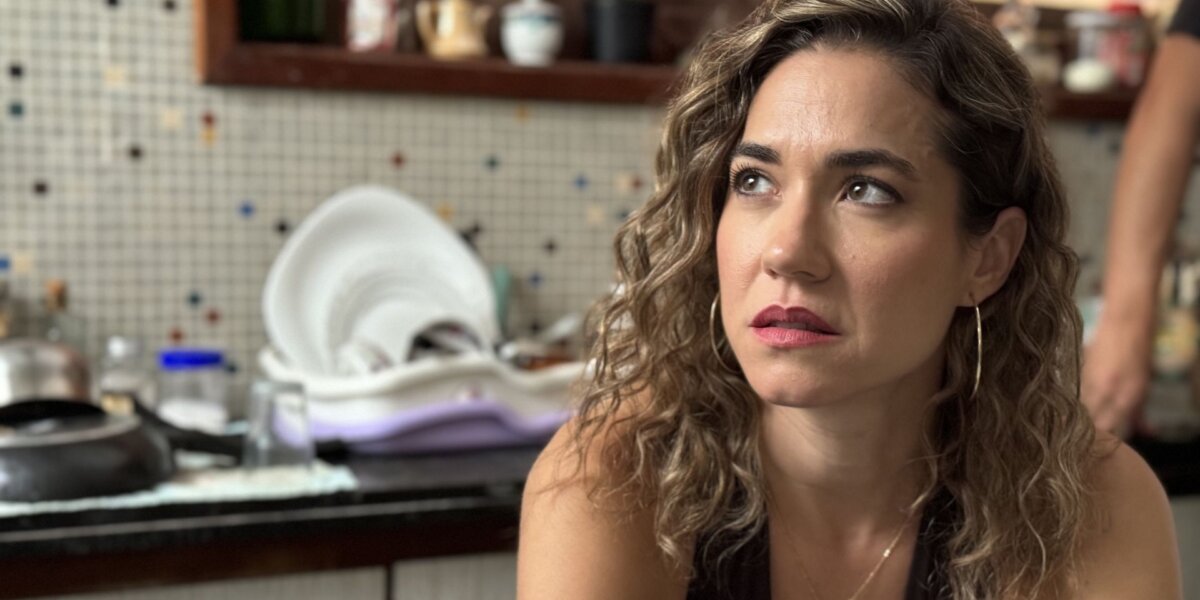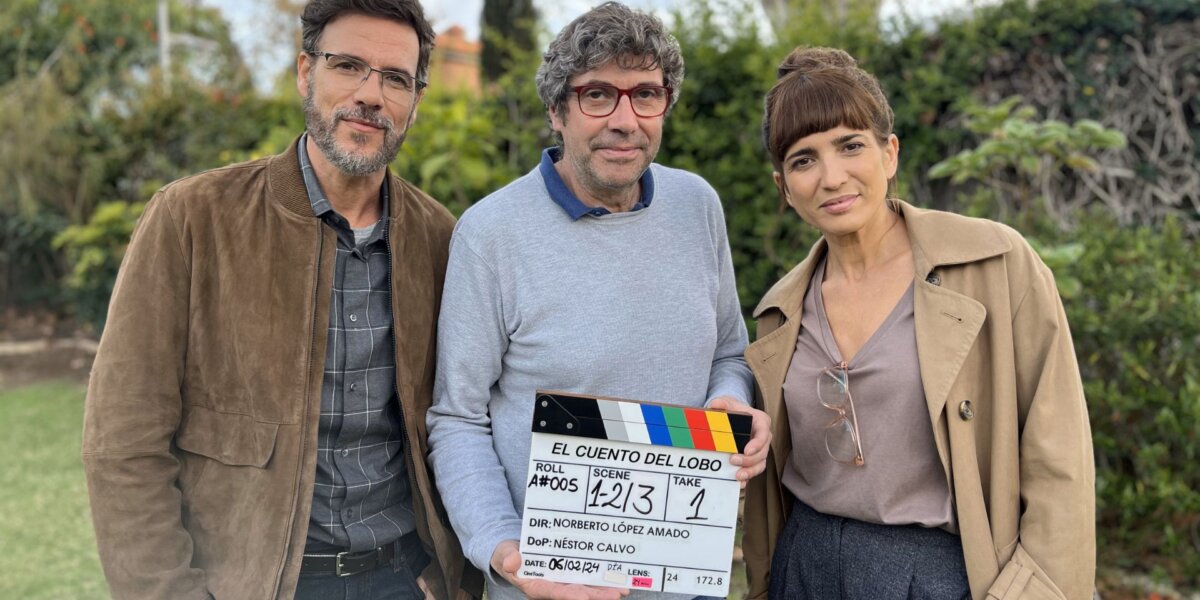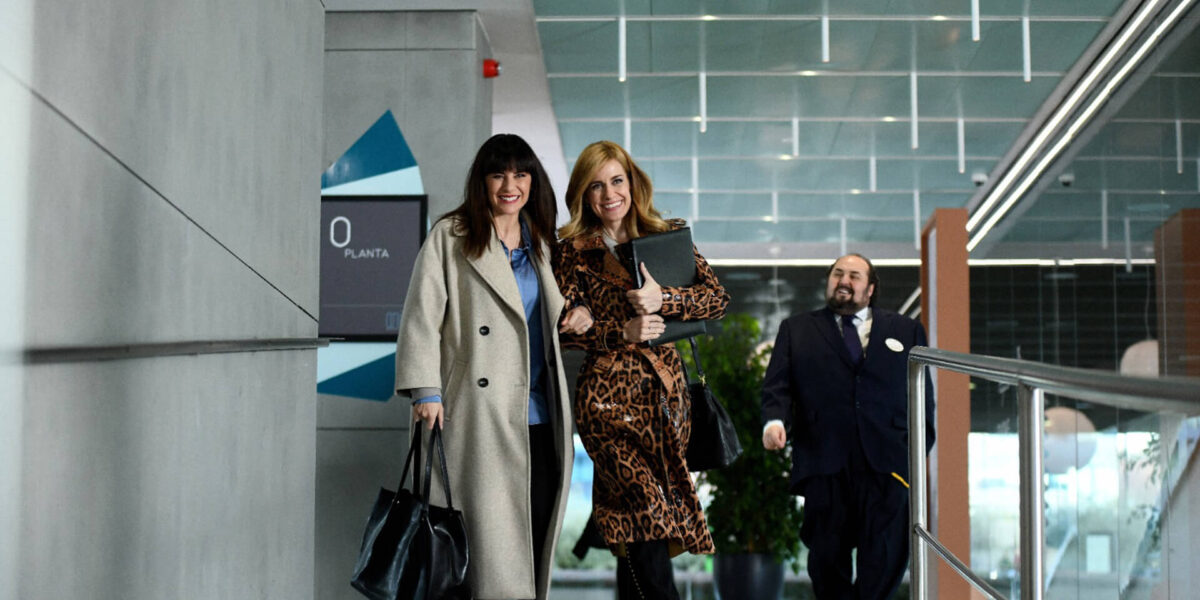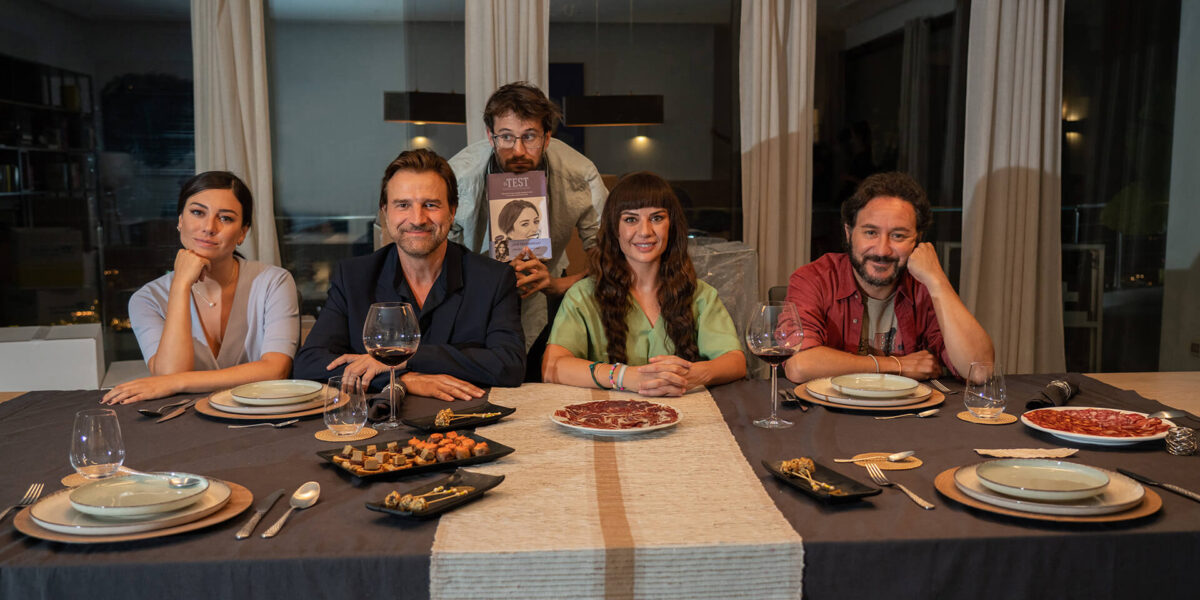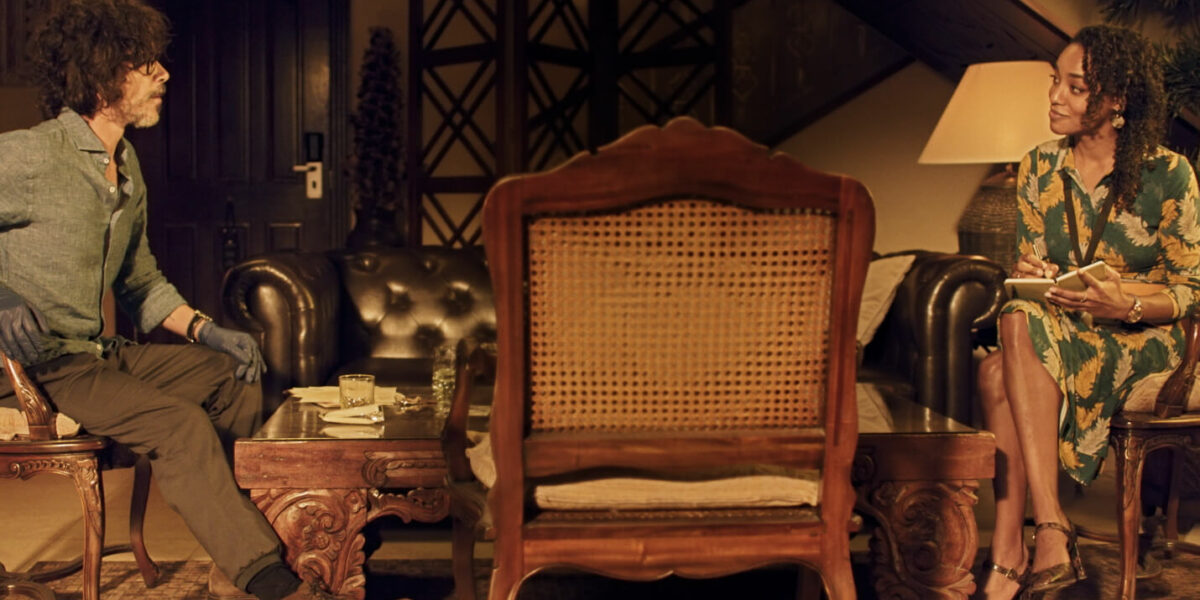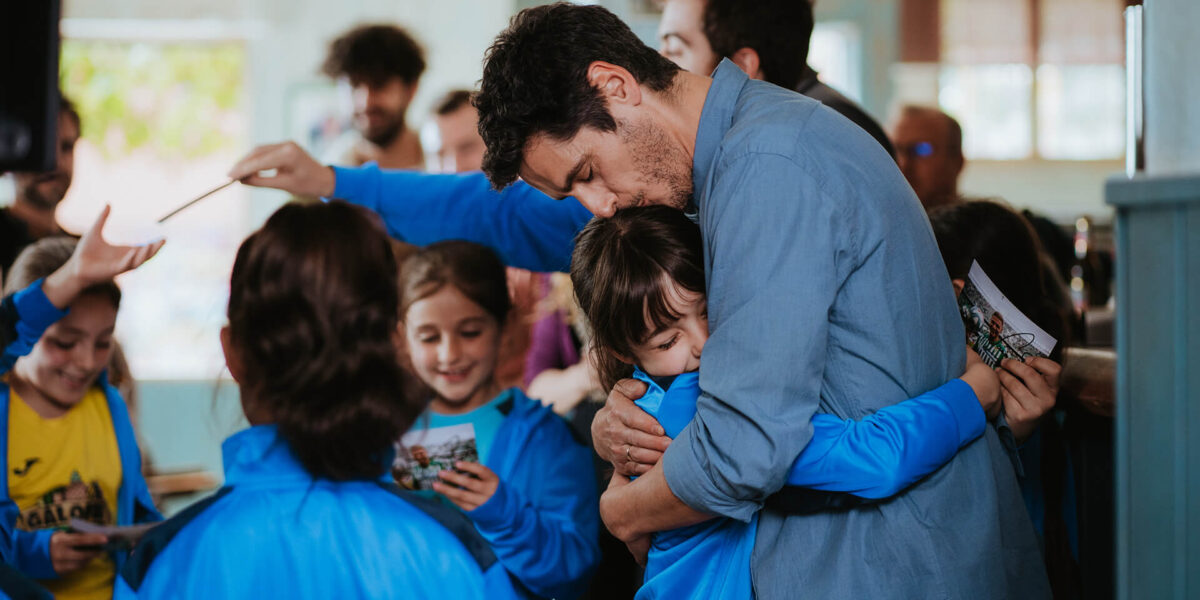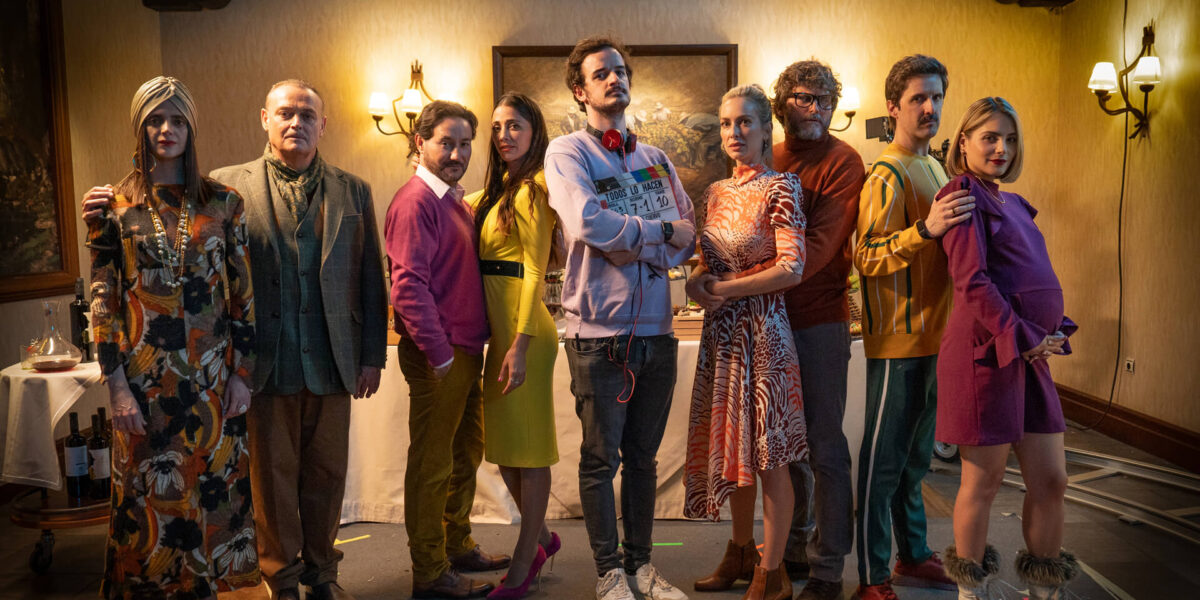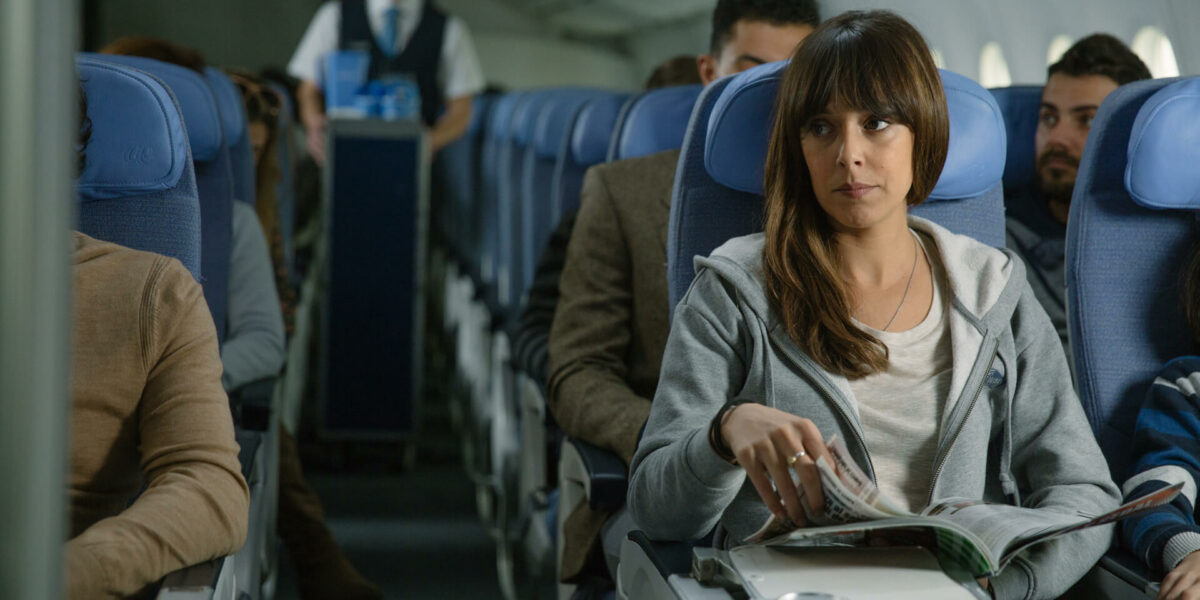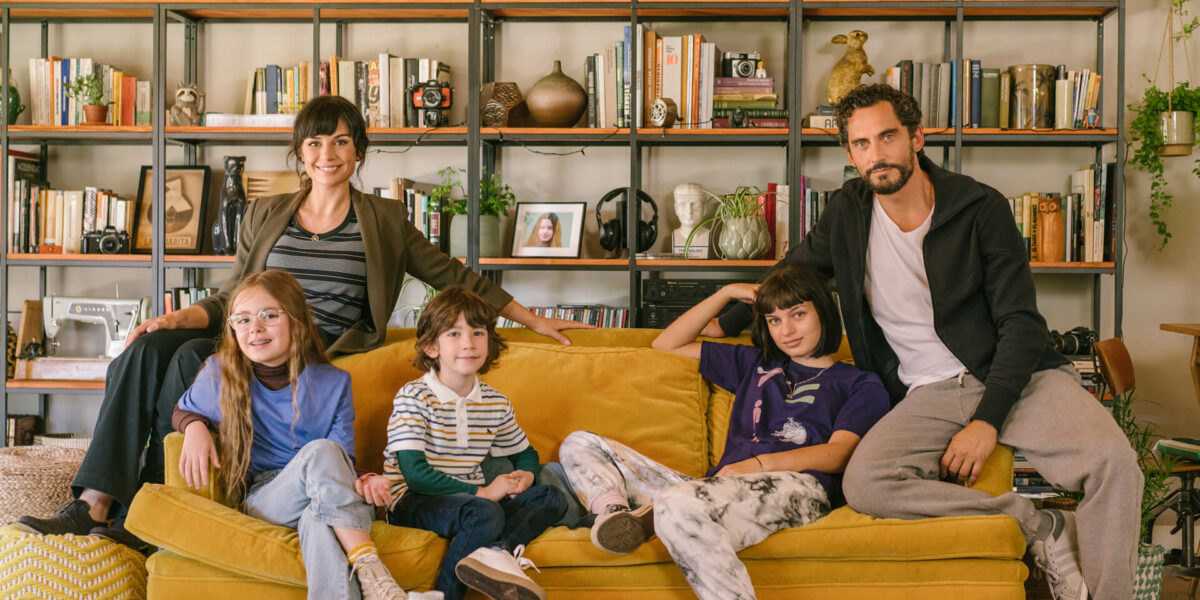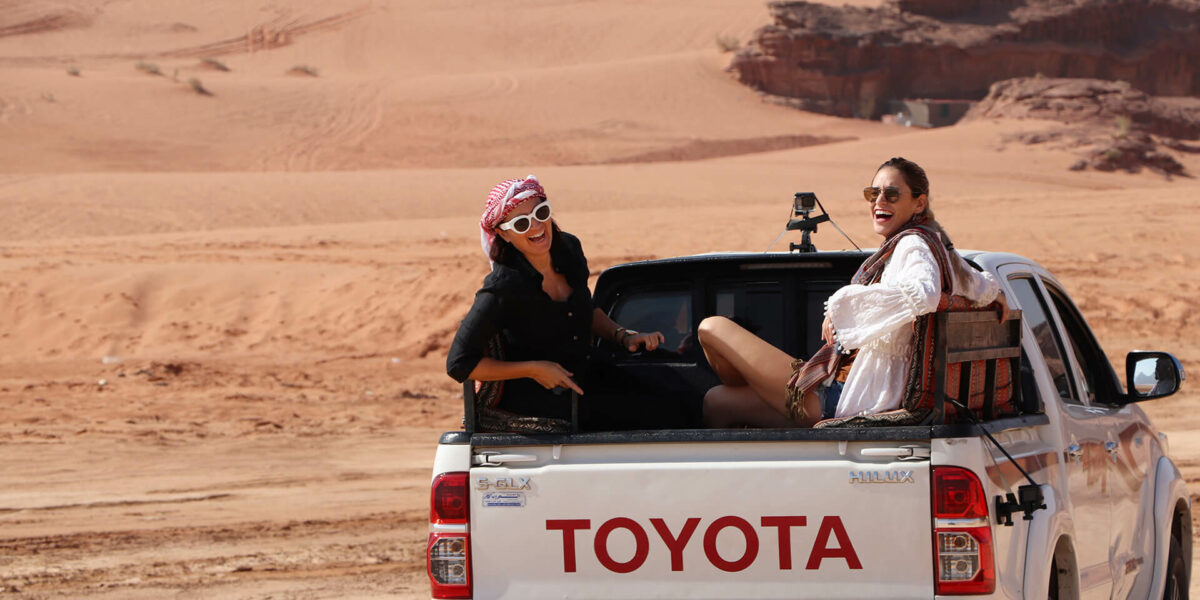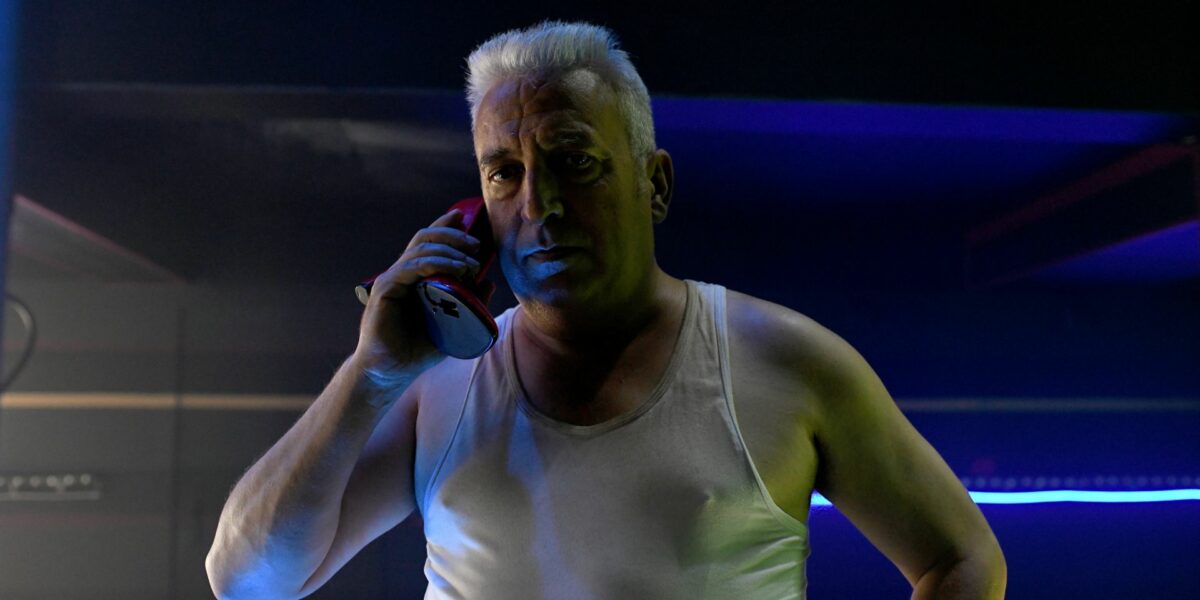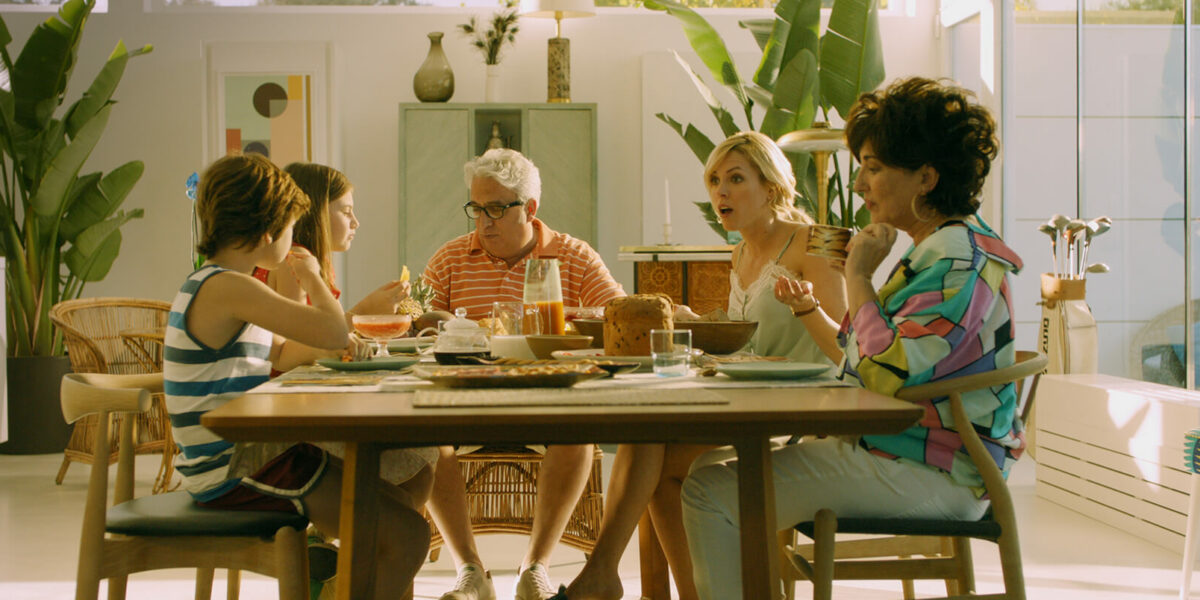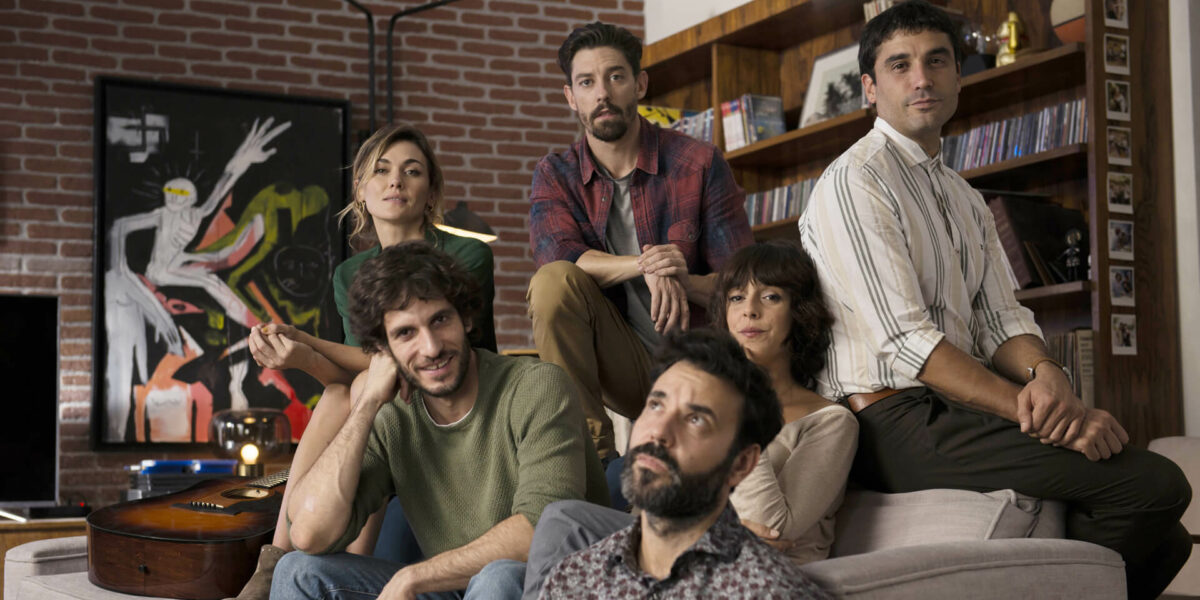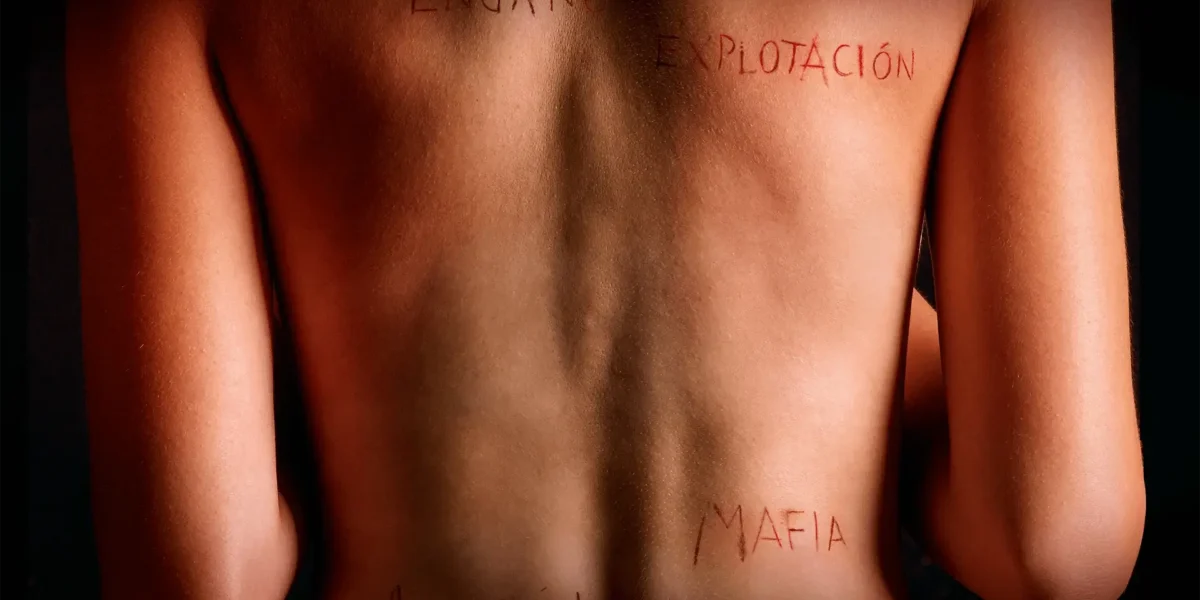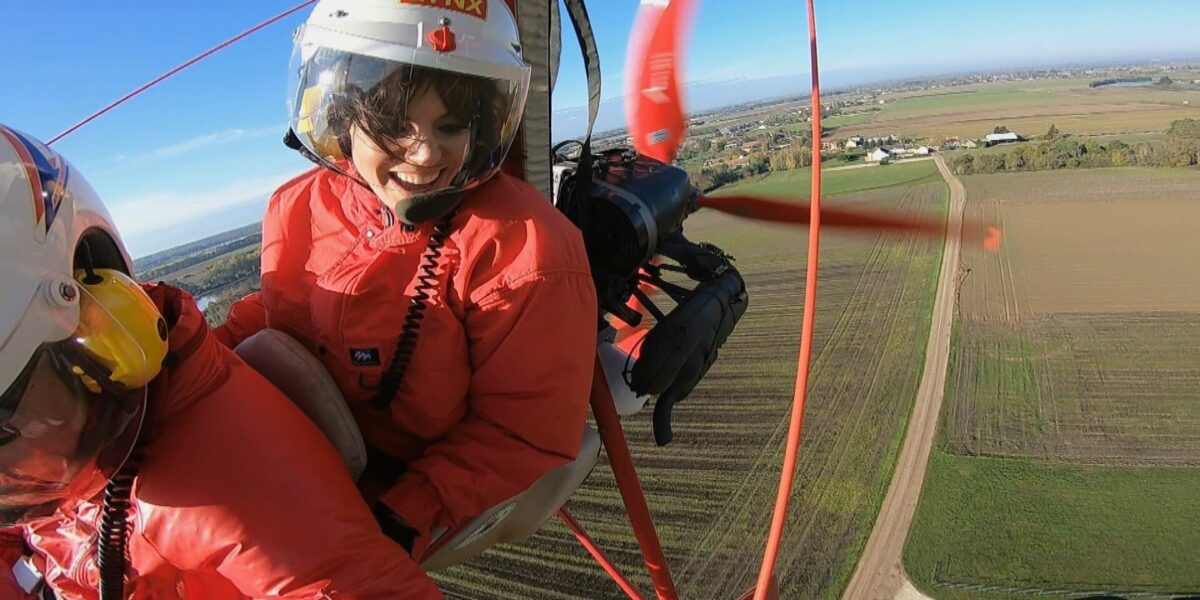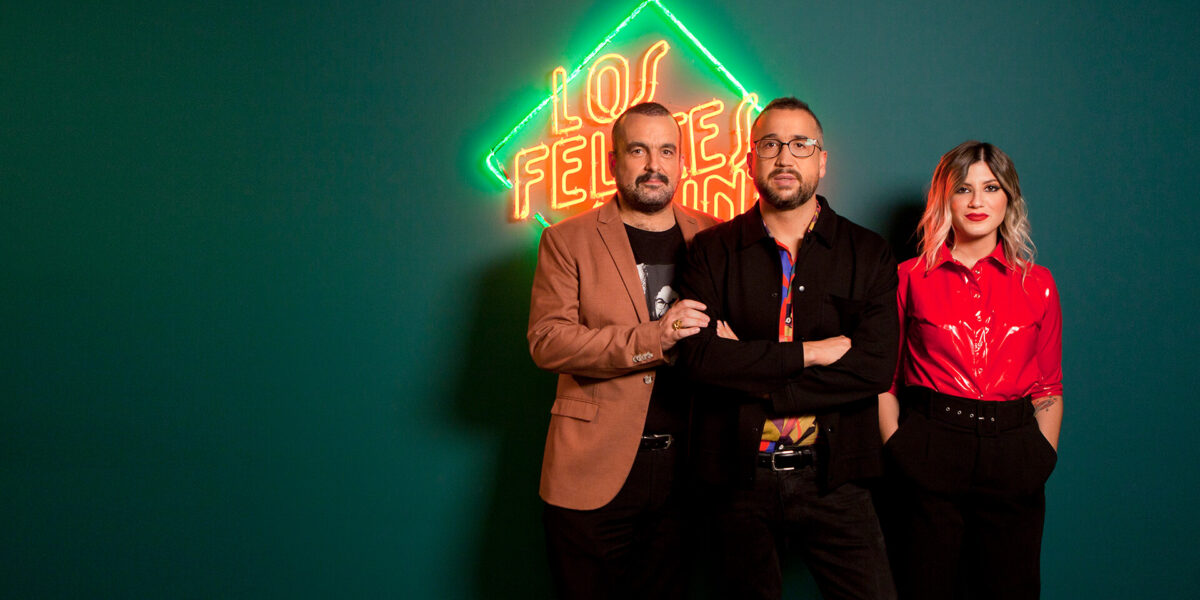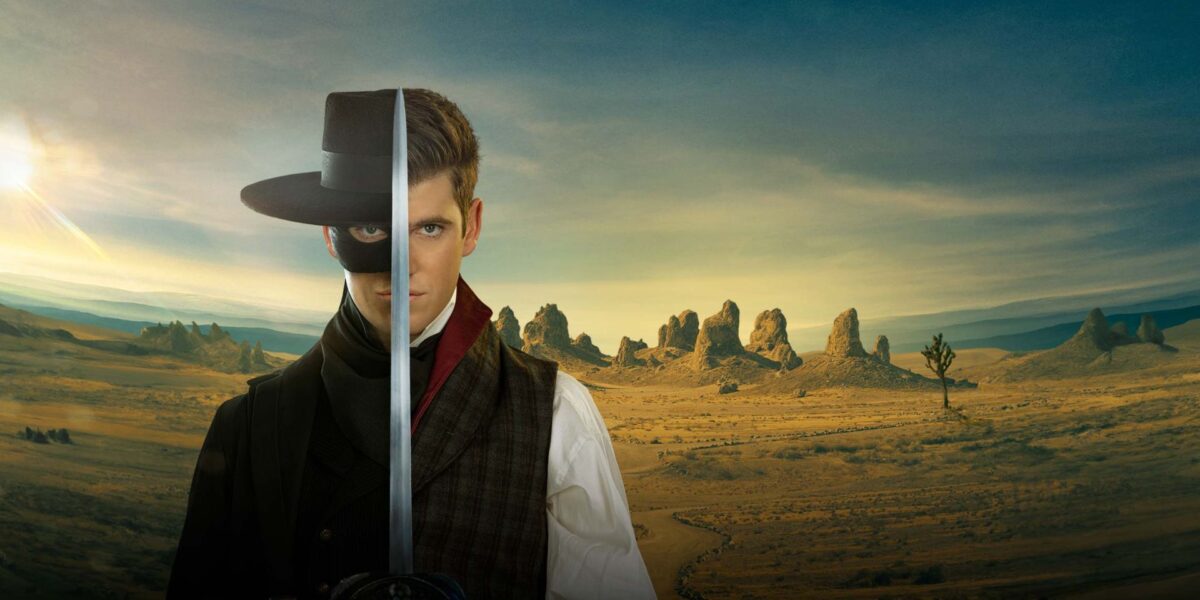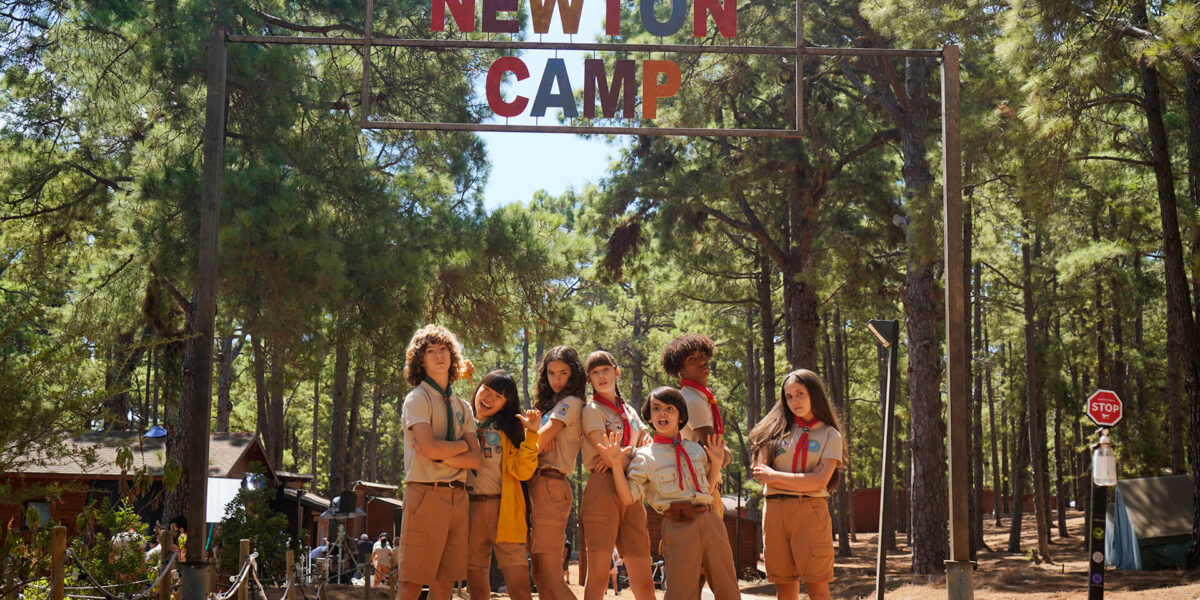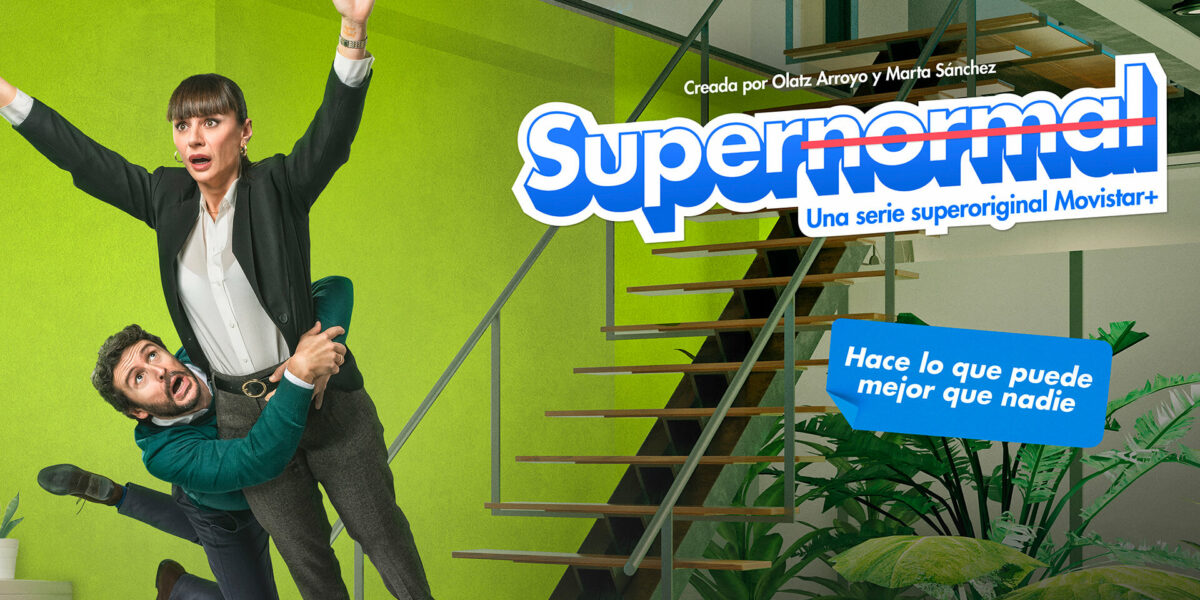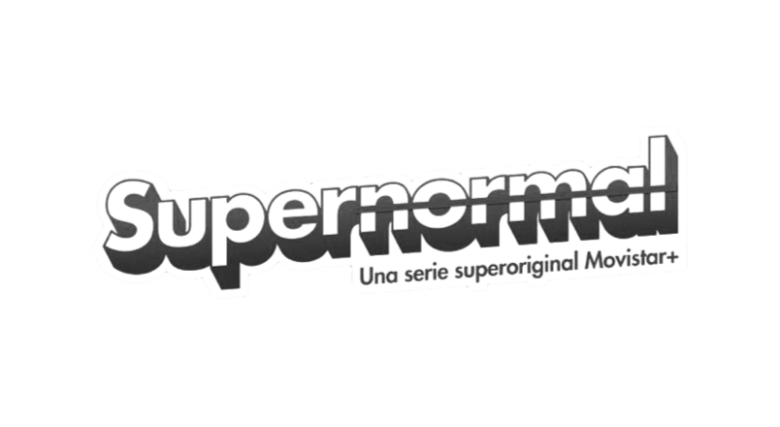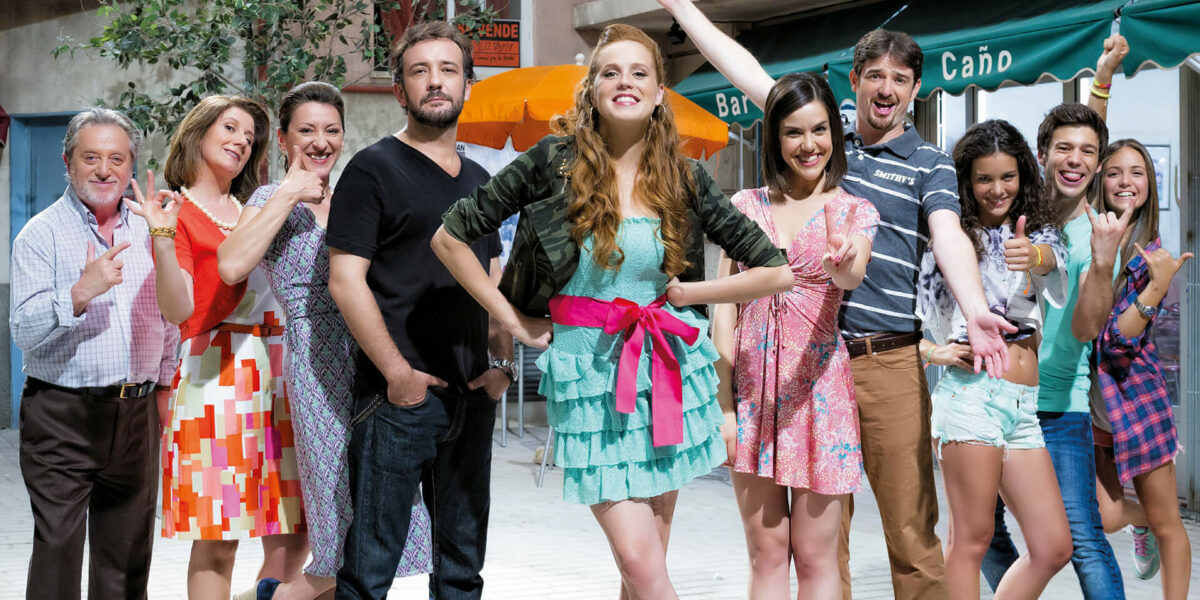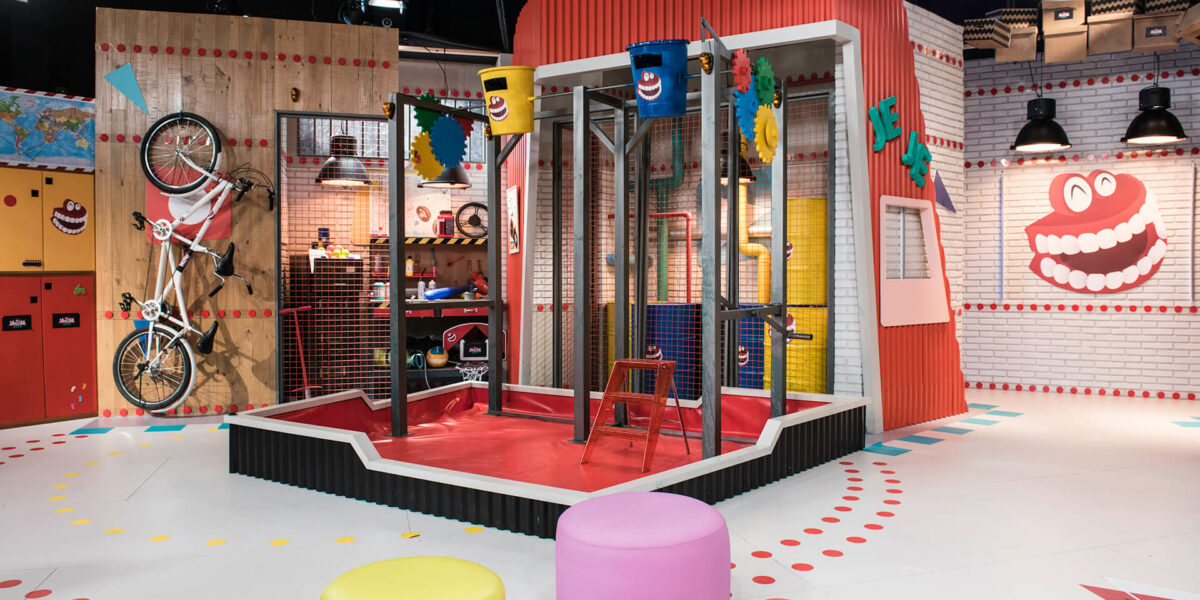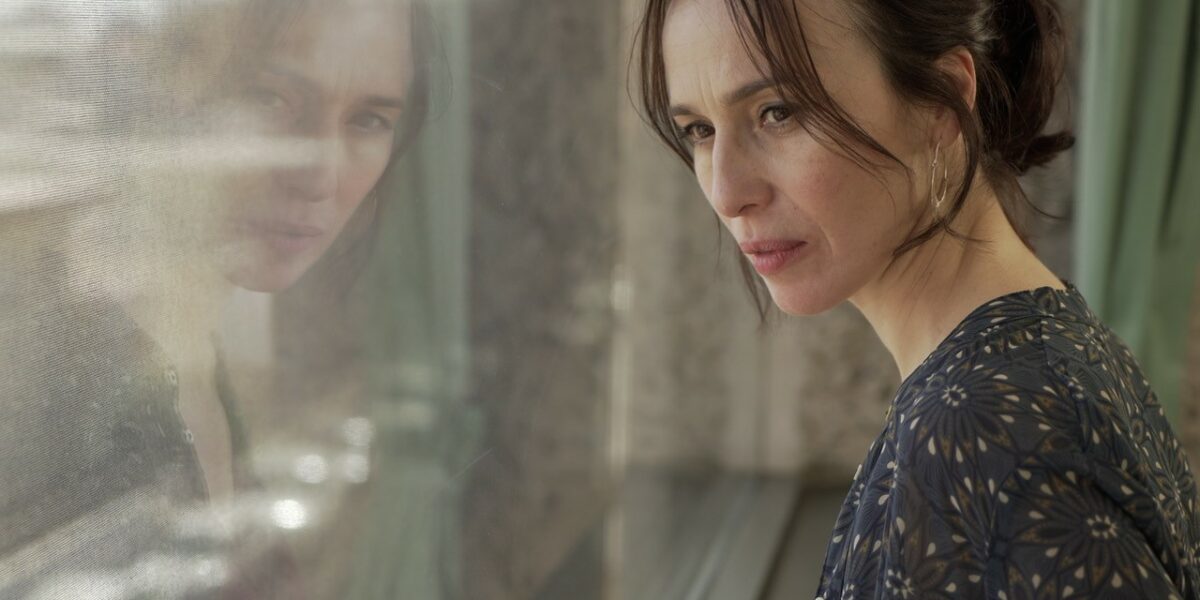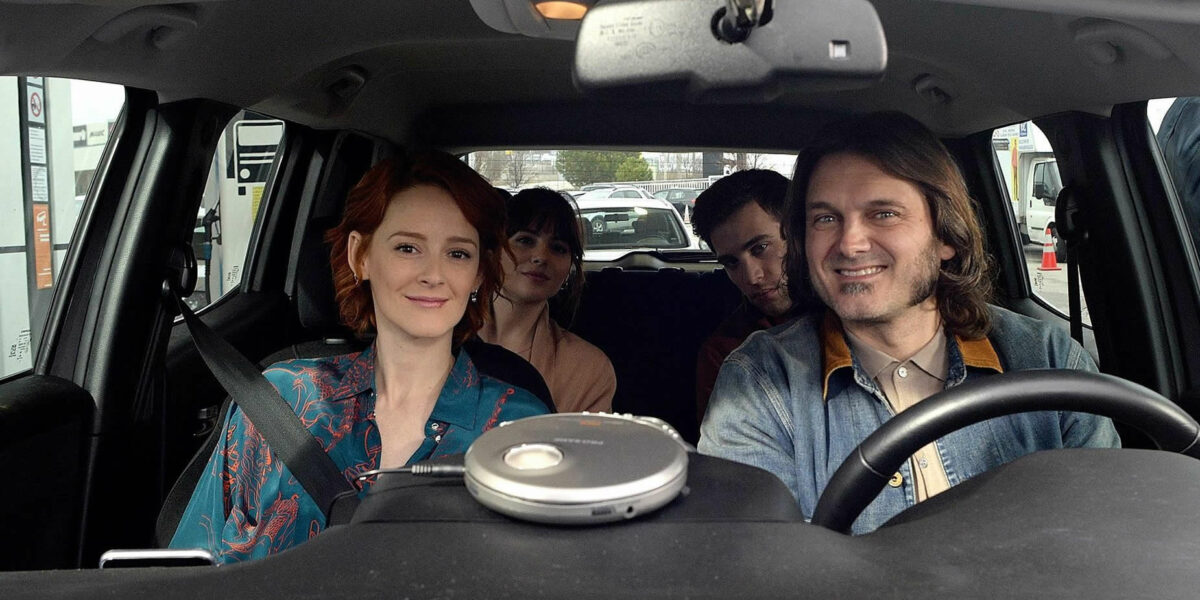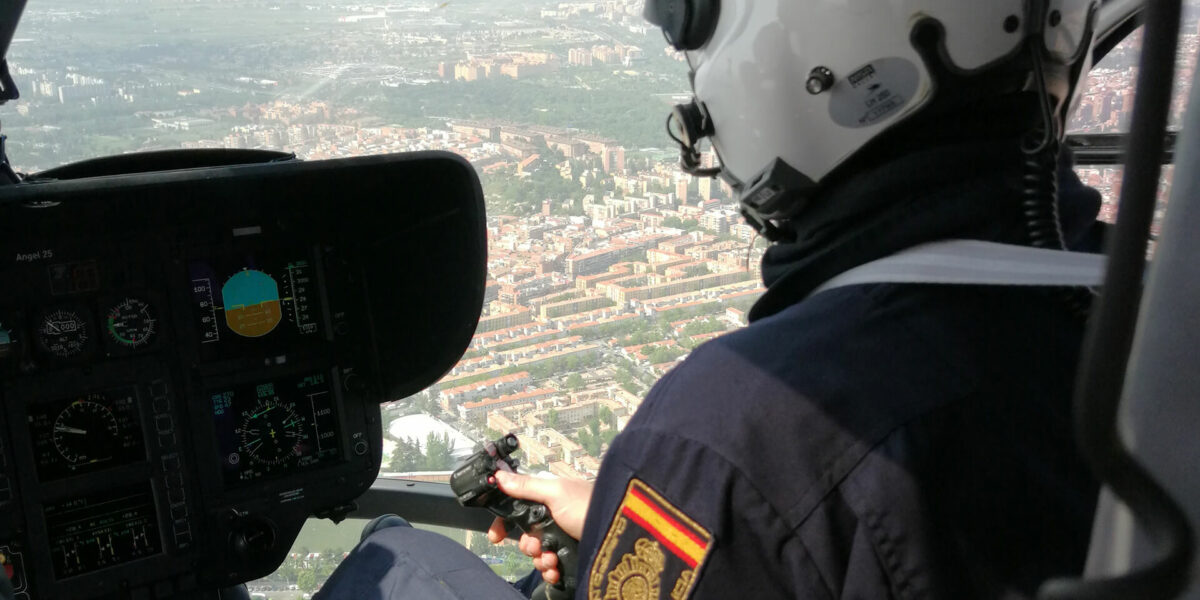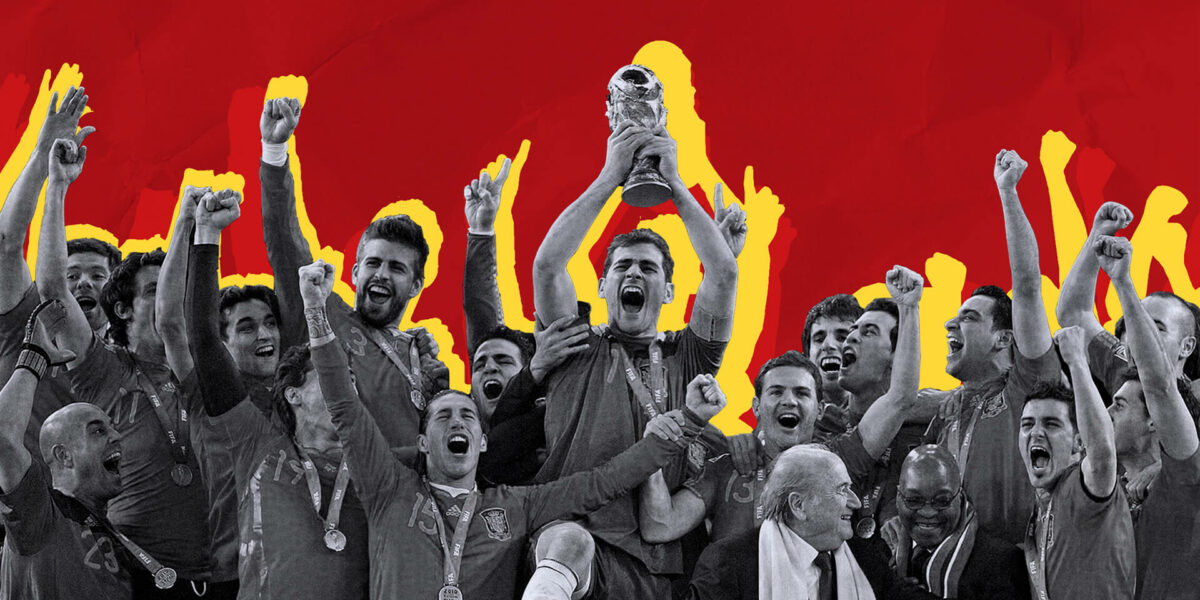Chiara Cardoso, Sydney Gallonde, Jónas Margeir, and Chris Moukarbel highlight the value of the Pods model in the studio’s Spotlight sesion
Spotlight Secuoya Studios: The year of global expansion became one of the most anticipated events of the opening day of the fifth edition of Iberseries & Platino Industria. The Casa del Lector Auditorium at Matadero Madrid hosted leading international audiovisual professionals in a session where Secuoya Studios fostered an open conversation in which its latest partners shared their views on collaborating with the studio and the potential of this model to boost local projects with global reach.
During the Spotlight, moderated by Brendan Fitzgerald, CEO of the studio, Secuoya Studios presented the evolution of its global expansion plan, implemented in 2025, which has allowed the diversification of production and the acceleration of project development without compromising quality.
Joining Brendan were Chiara Cardoso (BlackBox Multimedia, United Kingdom), Sydney Gallonde (Make it Happen Studios, France), Jónas Margeir (Act4, Iceland) and Chris Moukarbel (Permanent Wave Productions, United States), who underlined the value of the Pods business model.
Authentic stories with a global vocation
From London, Chiara Cardoso (BlackBox Multimedia) recalled that the search for partners has always been part of her company’s DNA. “At BlackBox we have always been focused on finding the best partners in different territories for co-productions. When the opportunity to collaborate with Secuoya arose, it was the first time we felt that we had a partner that not only offered creative collaboration, but also financing and production. It was a dream,” she emphasized.
Cardoso explained that thanks to this dynamic, in 2025 two projects will be launched that aspire to travel and connect with global audiences. In her view, the key lies in clear communication and adaptability: “the team understands your needs, provides contracts, talent and scripts that can work in the best possible way.” And she added a very concrete example: directors in Spain capable of recreating British landscapes in northern Spain or the Canary Islands.
Connecting the local with the universal
For Sydney Gallonde (Make it Happen Studios, France), the alliance has represented a qualitative leap in his way of producing: “Thanks to Secuoya I am not alone, I am now part of a business with talent. That allows me to show what we have done and what we are going to do, but also to move faster, close bigger deals and take on more ambitious projects.”
Gallonde, who has worked on both French and international adaptations, argued that the strength of a project lies in its roots: “For me it is very important that you are connected with your local partner. That is what Secuoya is, and what we also want to be,” said the French producer.
Co-producing in its DNA
In the case of Iceland, co-production is not an option but something organic. This is how Jónas Margeir (Act4) explained it: “In a country of 390,000 inhabitants, co-production happens naturally. We are in the era of co-production, where you have to work beyond your borders to secure talent, financing agreements and quality series.”
For Margeir, the alliance with Secuoya Studios means having a solid partner that shares values and quality standards. “It is a passport,” he stated, “that allows us to align our creative vision with a global strategy and reach the goal with guarantees.”
Documentary with a cinematic approach
Chris Moukarbel (Permanent Wave Productions, USA) contributed the perspective of feature documentary filmmaking, a genre in full transformation. In his view, the line between documentary and fiction storytelling is increasingly blurred: “The documentary has become more cinematic, with a level of production similar to fiction. Collaborating with a partner with credentials in that space makes a lot of sense,” he noted.
The filmmaker stressed that today we all document our lives and the internet has become the epicenter of storytelling: “Twenty or thirty years ago you could only access someone’s life through a documentary. That is why there is now the impulse to give a cinematic treatment to the documentary, to differentiate it and give it a higher narrative level,” said the American filmmaker and producer.
